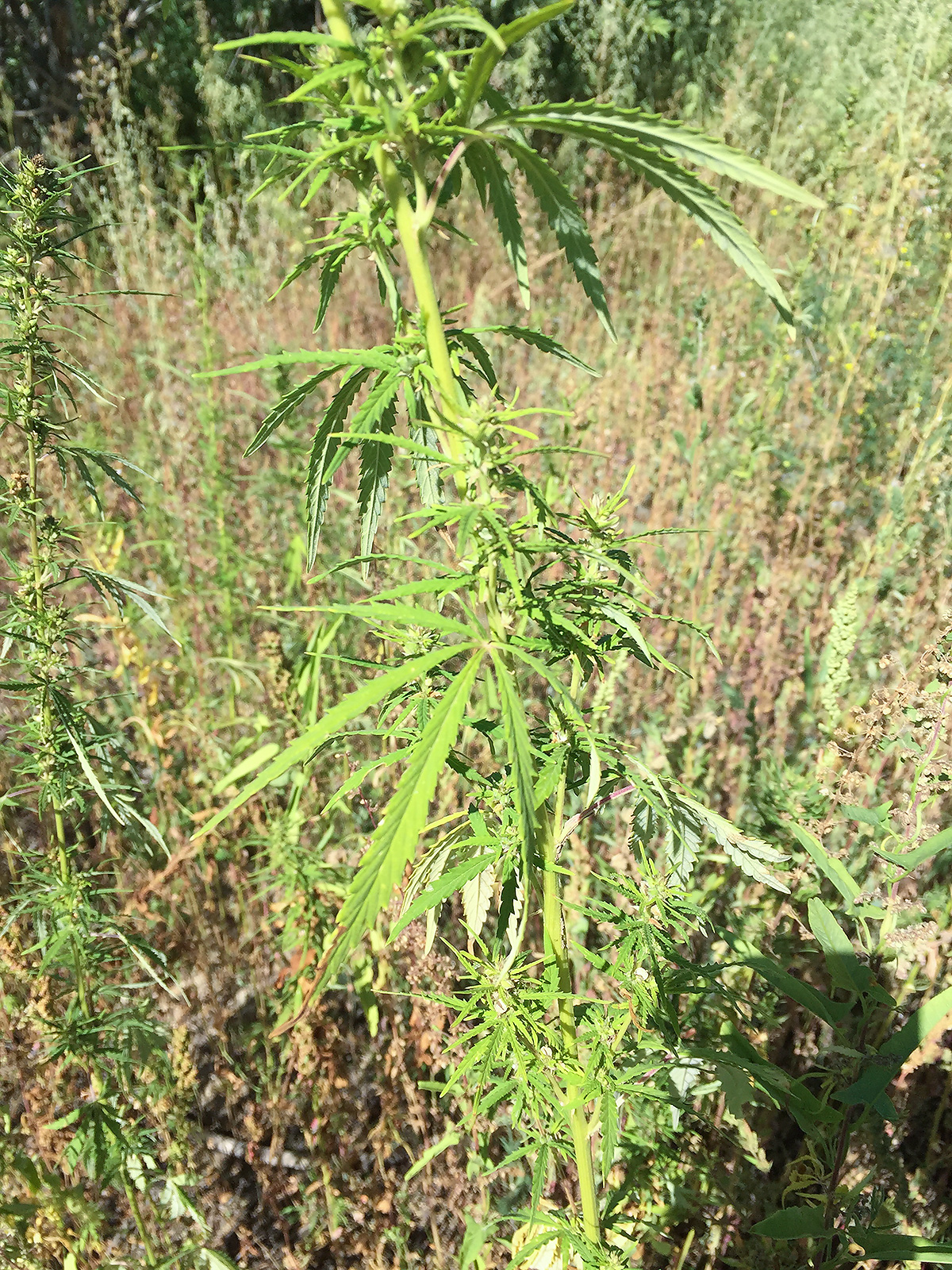acespicoli
Well-known member
- Research
- Open Access
- Published: 27 July 2022
Whole-genome resequencing of wild and cultivated cannabis reveals the genetic structure and adaptive selection of important traits
BMC Plant Biology volume 22, Article number: 371 (2022) Cite
Background
Cannabis is an important industrial crop species whose fibre, seeds, flowers and leaves are widely used by humans. The study of cannabinoids extracted from plants has been popular research topic in recent years. China is one of the origins of cannabis and one of the few countries with wild cannabis plants. However, the genetic structure of Chinese cannabis and the degree of adaptive selection remain unclear.Results
The main morphological characteristics of wild cannabis in China were assessed. Based on whole-genome resequencing SNPs, Chinese cannabis could be divided into five groups in terms of geographical source and ecotype: wild accessions growing in the northwestern region; wild accessions growing in the northeastern region; cultivated accessions grown for fibre in the northeastern region; cultivated accessions grown for seed in northwestern region, and cultivated accessions in southwestern region. We further identified genes related to flowering time, seed germination, seed size, embryogenesis, growth, and stress responses selected during the process of cannabis domestication. The expression of flowering-related genes under long-day (LD) and short-day (SD) conditions showed that Chinese cultivated cannabis is adapted to different photoperiods through the regulation of Flowering locus T-like (FT-like) expression.Conclusion
This study clarifies the genetic structure of Chinese cannabis and offers valuable genomic resources for cannabis breeding.Except for seeds from Yunnan (W1) and Xizang (W2), the seeds from the other seven wild accessions all had a camouflage covering (a thin dark brown film attached to the surface of a seed), while only two accessions from Jilin (C7) and Anhui (C8) had a small amount of camouflage covering (Fig. 2). Moreover, wild cannabis bloomed earlier than domesticated cannabis. Although the flowering time of W1 and W2 was approximately 55 days, the flowering time of other wild cannabis accessions was shorter than 35 days (Table S1). In addition, the values of the first branch height, petiole length, compound leaf width and leaflet width of wild cannabis were significantly lower than those of cultivated cannabis (Fig. S1). We also observed that, when planted at low latitudes (Kunming), cultivated cannabis (C1-C7) from relatively high latitudes exhibited early flowering, early maturity, a dwarf stature and almost no branches (Fig. S1). However, wild cannabis plants still produced a relatively large number of branches in Kunming.
Unfortunately not any photos available of c1
We also observed that, when planted at low latitudes (Kunming), cultivated cannabis (C1-C7) from relatively high latitudes exhibited early flowering, early maturity, a dwarf stature and almost no branches (Fig. S1
Last edited:






























